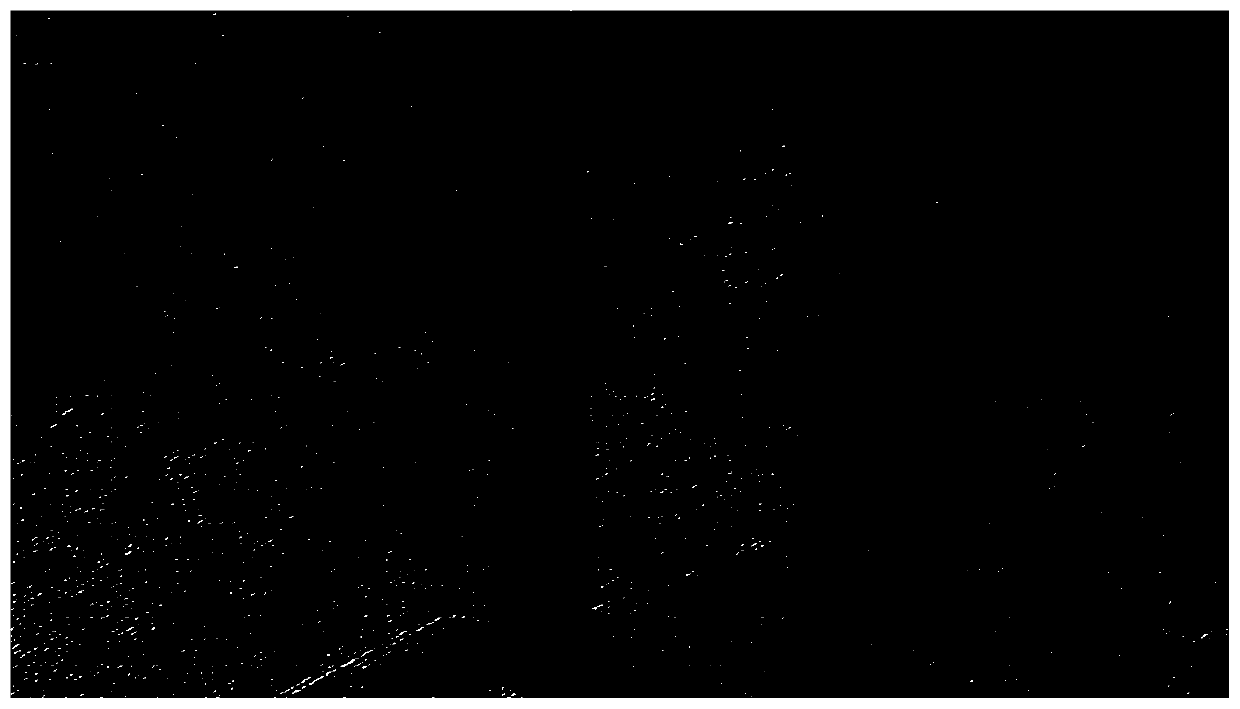Compound reducing agent and reduction dyeing method
A technology of reducing agent and dye, which is applied in the field of dyeing, can solve the problems of decreased tear strength, insufficiently stable fabrics, poor soaping fastness, etc., and achieve the effects of stable reduction potential value, improved production efficiency, and slow decomposition rate
- Summary
- Abstract
- Description
- Claims
- Application Information
AI Technical Summary
Problems solved by technology
Method used
Image
Examples
Embodiment 1
[0035] This embodiment is a comparative experiment of the composite reducing agent and hydrosulfite under the same alkaline environment.
[0036] The higher the concentration of mother liquor, the stronger its reducibility. Configure the high-concentration mother liquor of the composite reducing agent and hydrosulfite of the same concentration, configure the alkali of 40g / L, the mother liquor 1 of the composite reducing agent of the present invention of 50g / L, configure the mother liquor of 40g / L alkali, and the hydrosulfite of 50g / L 2.
[0037] Dilute the two mother liquors by 5 times and 10 times respectively, and measure and observe the reduction potential value changes of the mother liquor and the diluent. After the mother liquor is prepared, measure its reduction potential value. The reduction potential value of the mother liquor is measured 15 minutes after the mother liquor is diluted 5 times. The specific ingredients and measurement results are shown in Table 1.
[...
Embodiment 2
[0043] 20g / L, 25g / L, 30g / L, 40g / L, 50g / L composite reducing agents will be prepared respectively, and under different alkalinity, the preparation solution will be measured at room temperature after 1 hour and 20 hours. Reductive changes. See Table 2 for details.
[0044] Table 2 The measured value of the solution placed for 1 hour
[0045]
[0046] Table 3 Measured value after placing the solution for 20 hours
[0047]
[0048] According to the data, the composite reducing agent of the present invention is very stable in the high-concentration region, and the potential fluctuation is small. When the combined alkali concentration is above 30g / L and the composite reducing agent is above 20g / L, the leucosome sodium salt state can be stably formed. The composite reducing agent of the present invention with the same concentration is placed in the same alkaline environment, after being placed for 1 hour and after being placed for 20 hours, its reducing potential value does ...
Embodiment 3
[0050] In this embodiment, cotton loose fibers for color spinning are used, and the composite reducing agent of the present invention is used to carry out dyeing by exhaust dyeing process. The specific process is as follows:
[0051] Configure high-concentration leucochrome sodium salt dye solution, the specific steps are as follows: first add 50wt% water in the container, turn on the agitator, heat up to 30-60°C and pour in caustic soda; pour in the dye while heating up and stirring , fully stirred for 20-30min; add water to cool down to 50°C, add composite reducing agent, stir for 45min, add cold water to 100wt% liquid volume for later use. At this time, the leucosome sodium salt staining solution is in a microcolloid state. The specific ingredients are shown in Table 4 and Table 5:
[0052] Table 4 Composition list
[0053] 3GL yellow FB red caustic soda Compound reducing agent Concentration(g / L) 5 60 50 40
[0054] Table 5 The ratio of co...
PUM
 Login to View More
Login to View More Abstract
Description
Claims
Application Information
 Login to View More
Login to View More - R&D Engineer
- R&D Manager
- IP Professional
- Industry Leading Data Capabilities
- Powerful AI technology
- Patent DNA Extraction
Browse by: Latest US Patents, China's latest patents, Technical Efficacy Thesaurus, Application Domain, Technology Topic, Popular Technical Reports.
© 2024 PatSnap. All rights reserved.Legal|Privacy policy|Modern Slavery Act Transparency Statement|Sitemap|About US| Contact US: help@patsnap.com










